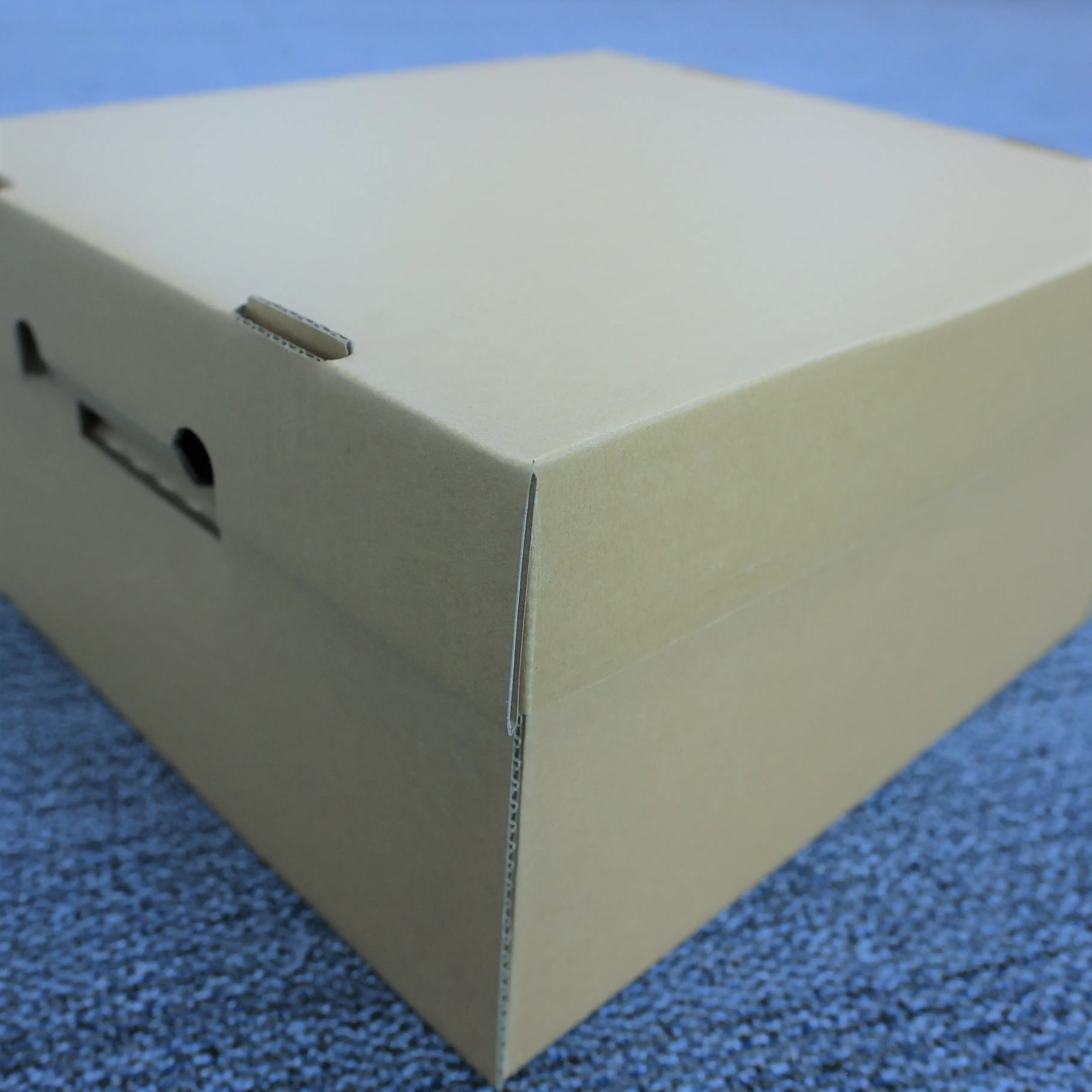How Wax Coating Enhances Seafood Packaging Performance
Understanding Wax Coating for Food Preservation
Wax-coated boxes create a protective barrier that slows bacterial growth by limiting oxygen exposure while controlling humidity. A 2025 industry trial found seafood stays fresh 18% longer in wax-treated containers compared to untreated alternatives. This preservation stems from paraffin-based coatings filling cardboard’s microscopic pores, blocking external contaminants without compromising recyclability.
Moisture and Grease Resistance in Protecting Seafood Quality
Seafood’s high oil and ice content demands packaging that repels liquids without chemical leaching. Wax coatings achieve 99.9% water resistance, preventing box collapse during icing while shielding delicate fillets from grease migration. Research shows this reduces freezer burn risks by 34% in high-humidity environments compared to standard cardboard (Ponemon 2025).
The Science Behind Wax Coated Cardboard Boxes
The molecular structure of food grade paraffin creates a dual defense:
| Property | Wax-Coated Boxes | Standard Cardboard |
|---|---|---|
| Water Absorption Rate | 2.1% per hour | 23% per hour |
| Compression Strength | 68 psi | 28 psi |
| Temperature Tolerance | -30°C to 120°C | 0°C to 80°C |
This engineered resilience enables safe transport of chilled crab legs and oily salmon without structural failure.
Maintaining Freshness During Transportation With Wax Box Technology
New wax products are being developed with special cellulose mixtures that can actually hold their cooling power for about 40 hours in cold storage situations. Some tests run by people studying shipping at sea showed something interesting too. These wax containers managed to keep fish and shellfish under 4 degrees Celsius roughly 52 percent longer compared to regular plastic containers when ships had unexpected delays at ports. What makes these wax boxes work so well? The special seal resists moisture and stops melted ice from getting into the box itself. This means less damage to the packaging and fewer spoiled goods overall. According to figures from the FDA back in 2025, this improvement saves around seven dollars and forty cents on each shipment.
Ensuring Cold Chain Integrity with Moisture-Resistant Wax Boxes
Protecting Perishable Seafood From Moisture Exposure in Transit
When it comes to keeping seafood fresh during transport, wax coated boxes work wonders by creating a barrier against outside moisture while trapping condensation inside. This double defense stops the boxes from getting soggy, which actually causes around three quarters of all cold chain problems according to recent marine packaging studies. Regular cardboard without this treatment tends to fall apart pretty quickly once it gets damp, losing most of its strength. But these wax treated alternatives hold up much better, staying strong even after sitting in refrigeration for almost three days straight. That makes them a real game changer for maintaining product quality throughout the supply chain.
Superior Cold Storage Durability of Wax-Coated Packaging vs. Standard Cardboard
Tests in labs have shown that containers coated with wax can last about three times longer under those tough 40 degree Fahrenheit and 90 percent humidity conditions before getting damaged from moisture compared to regular ones without any treatment. The fibers infused with paraffin just don't fall apart, which makes all the difference when stacking those seafood boxes filled with ice inside refrigerated trucks. Looking at some research from the cold chain logistics field back in 2024, people who used wax boxes actually cut down their energy bills related to refrigeration by around 14%. That happened because they needed the compressors to run less often to keep things cool enough.
Case Study: Reduced Spoilage Rates Using Wax Boxes in Pacific Northwest Fisheries
After switching to wax-coated boxes in 2022, a salmon export consortium reported:
- 32% fewer product rejections due to packaging failures
- 19-hour average extension of optimal freshness during transpacific shipments
- $2.7M annual savings from reduced insurance claims on water-damaged goods
The moisture-resistant properties proved particularly effective in preventing label degradation during customs inspections—a previously overlooked source of cold chain interruptions.
Extending Shelf Life and Reducing Waste in Seafood Logistics
Shelf Life Extension Verified by FDA-Compliant Trials
Wax-coated boxes extend seafood freshness by 15–30% in FDA-validated studies, with 2023 trials showing a 22% reduction in spoilage compared to untreated cardboard. Industry data confirms that a 20% shelf-life extension reduces seafood waste by 5–6% across distribution networks.
Preserving Freshness in High-Humidity Environments with Wax Coating
Marine-grade wax coatings block 97% of moisture infiltration in humid conditions, a critical factor given that 38% of seafood degradation originates from humidity exposure during transit (2024 Cold Chain Analysis). Their hydrophobic properties create a vapor barrier 3.1 times more effective than standard coatings, maintaining internal humidity below 45% even in tropical climates.
Balancing Cost and Waste Reduction: The Seafood Industry Paradox
While wax box adoption increases packaging costs by 12–18%, logistics savings offset this through 27% lower refrigeration needs and 19% reduced disposal fees. A 2023 meta-analysis confirms this equilibrium: every $1 invested in wax boxes prevents $2.80 in cold chain losses.
Sustainability and Regulatory Compliance of Wax-Coated Packaging
Biodegradability and recyclability of modern wax-coated paperboard
The new generation of wax boxes is switching to plant based paraffin substitutes which break down around 63 percent quicker compared to traditional petroleum based coatings, all while keeping the same level of moisture protection according to research from Sustainable Packaging Coalition back in 2024. Most paper recycling facilities these days will take FDA approved wax coated cardboard without issue, so those old worries about contamination just don't hold water anymore. Looking at recent data from the packaging sector in 2024, nearly half of seafood providers across Europe have started using these eco friendly wax containers because they need to comply with stricter rules on packaging waste set by the European Union.
Meeting FDA and USDA standards for direct food contact
For food safe wax coatings, they need to clear more than twelve different migration tests according to FDA regulations (Title 21 CFR 175.300) just to stop chemicals from getting into seafood products. Some recent developments have gotten USDA Organic approval simply because manufacturers swapped out those synthetic ingredients for something derived from citrus fruits instead. The packaging itself can handle pretty extreme temperatures ranging anywhere between minus twenty degrees Celsius all the way up to forty degrees Celsius without breaking down or becoming unsafe, which independent labs have confirmed through their testing processes. Getting both these certifications at once makes shipping goods around the world much easier since different countries often have completely different rules about what's acceptable for food contact materials.


